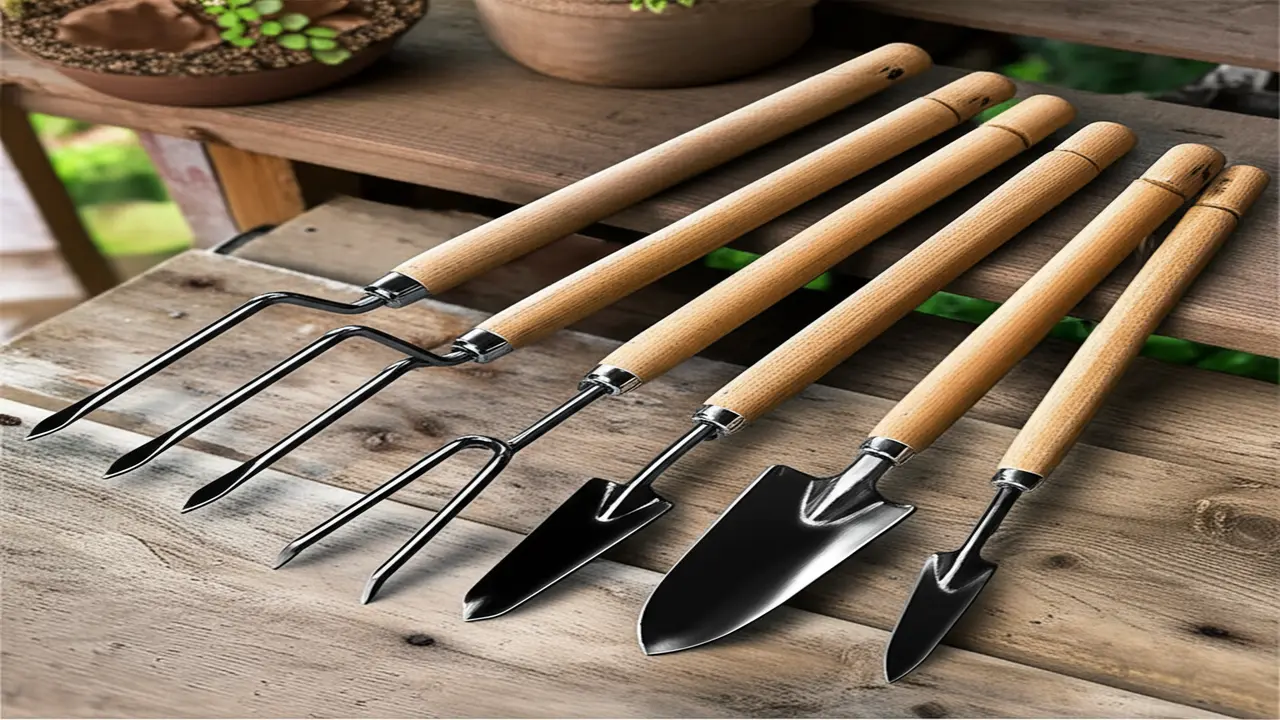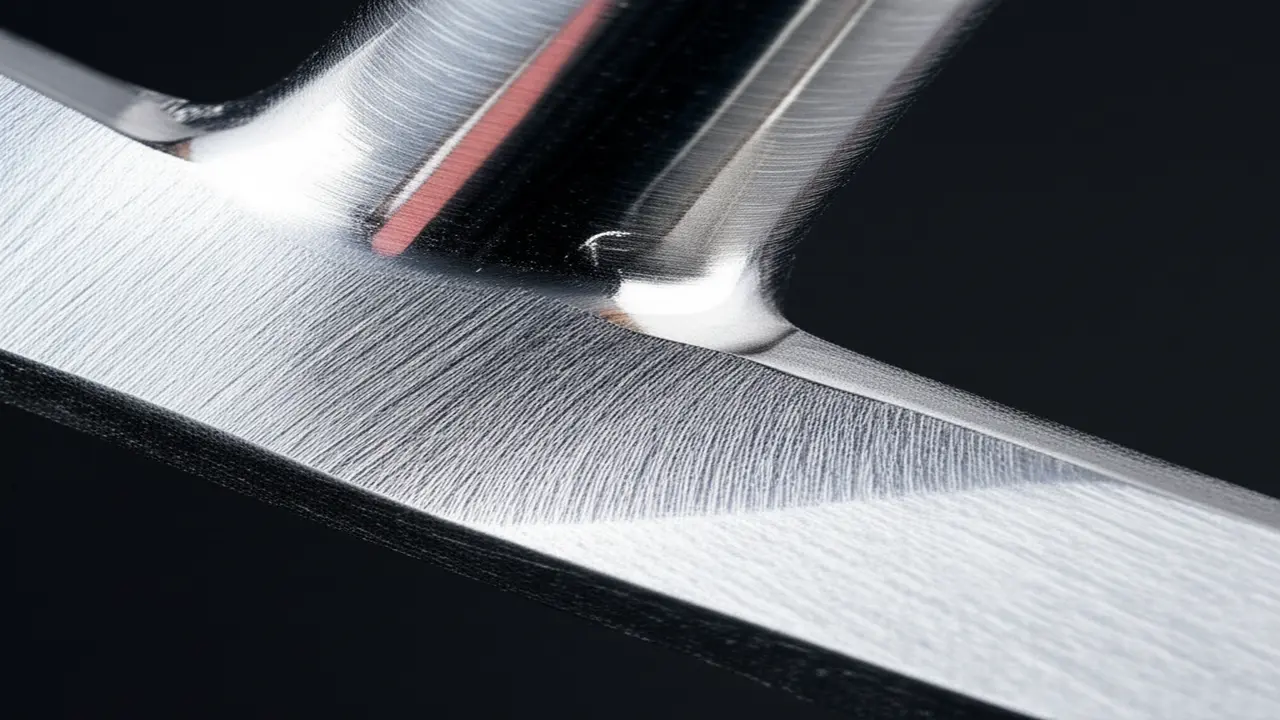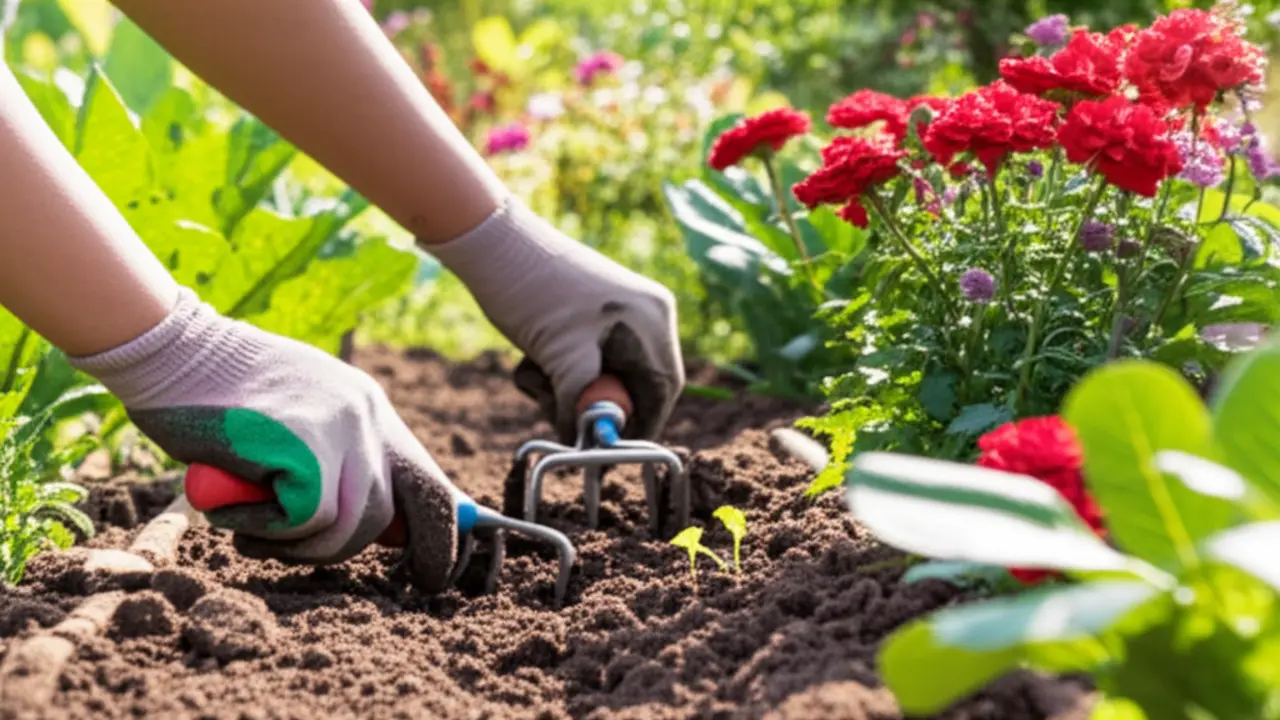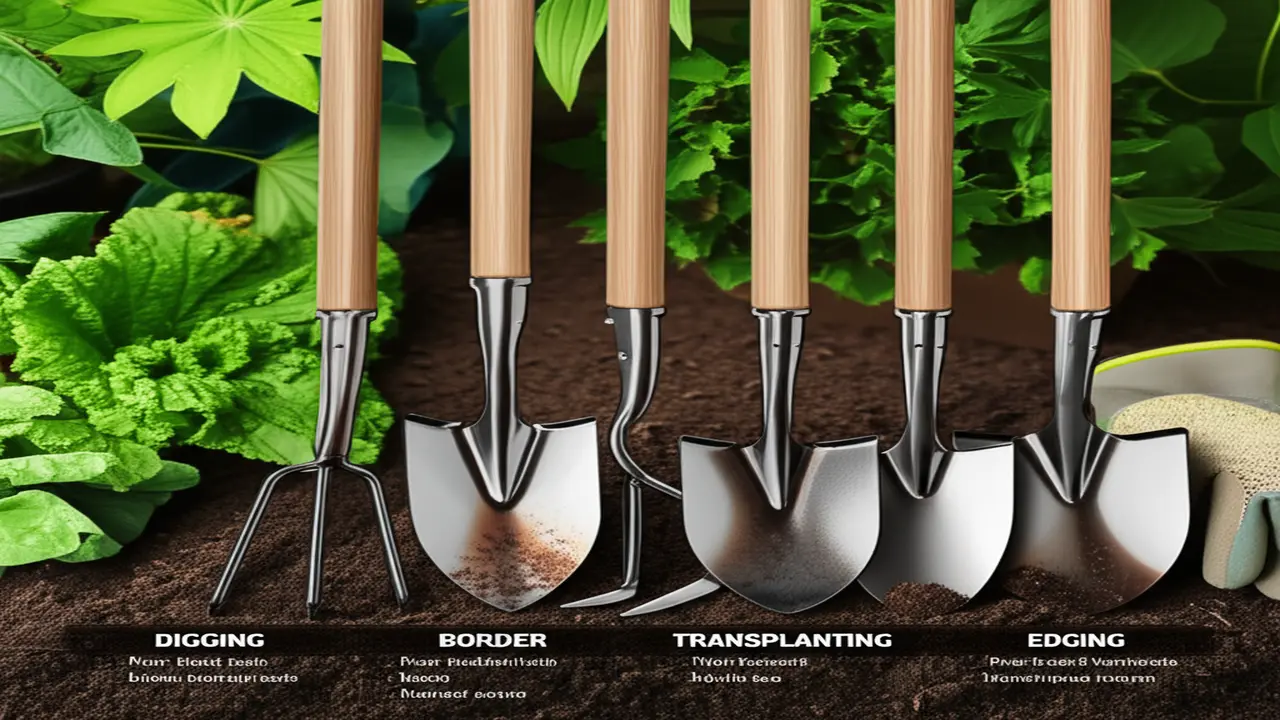Hand Cultivator Buying Guide: Choose the Best Tool for 2025
Thank you for reading this post, don't forget to subscribe!
For gardeners looking to enhance their gardening experience and soil management in 2025, the hand cultivator stands out as a vital tool. This guide is designed to help you select the perfect hand cultivator with an emphasis on effectiveness, durability, and user comfort. Whether you maintain a small container garden or a large outdoor plot, understanding the nuances of the best garden cultivator tools will elevate your gardening outcomes.
What is a Hand Cultivator and Why Do You Need One?
A hand cultivator is a gardening tool designed to loosen soil, remove weeds, aerate the earth, and blend in soil amendments. Unlike larger tilling machines, the hand cultivator is ideal for precision work in tight spaces, raised beds, or container gardens. It helps break up crusted soil surfaces, enhances water and air penetration, and creates fine furrows for seed planting.
Its key benefits include efficient weeding, improved soil aeration, and the facilitation of soil nourishment mixing. While hoes and trowels serve related purposes, their applications differ: hoes are usually better for surface-level weed chopping, and trowels are designed for digging and transplanting, whereas hand cultivators excel in detailed soil tilling without over-disturbing the root zones.
Understanding Hand Cultivator Types: Matching the Tool to the Task
Choosing the right design of a hand cultivator depends on the nature and scale of your gardening tasks. There are several types to consider:
Short-Handled Claw Cultivators feature a compact design with three or five prongs, making them excellent for detailed soil work in tight spaces. They provide excellent control but may require more bending.
Long-Handled Cultivators offer greater leverage and reduce strain on the back by allowing the user to stand upright. These are preferred for larger garden beds or those with heavier soil.
Variations include the specialized hand fork or broadfork cultivators that are excellent for loosening soil without turning it over completely, preserving beneficial soil layers. Other models like oscillating or hula hoes provide a rocking motion making weed removal easier, while rotary cultivators incorporate rotating tines for efficient soil breakdown.

Key Buying Factors: How to Choose the Perfect Hand Cultivator
Selecting the best soil cultivator tool involves evaluation of several key attributes:
Head Material & Durability: The metal used in the cultivator head impacts its lifespan and performance. Stainless steel heads resist rust and are easy to clean, making them excellent for wet soils. Carbon steel, often forged, offers toughness and sharpness retention but requires more maintenance to prevent corrosion.

Handle Design & Ergonomics: Handles made from hardwood provide natural durability, while plastic or composite handles can reduce weight and improve weather resistance. Ergonomic grips reduce hand fatigue during prolonged use. Consider handle length to match your height and gardening style to optimize comfort and control.
Tine Configuration & Functionality: The number, shape, and spacing of tines affect performance. More tines can improve soil loosening but may clog easily in sticky soils. Some cultivators offer adjustable heads to customize tine spacing for different tasks.
Construction & Joints: Look for solidly welded joints or bolted connections. Full tang handles — those where the metal extends through the handle — offer enhanced strength compared to partial tang designs.
Overall Size & Weight: A lightweight hand cultivator is easier to handle but should still feel balanced. If you target portability, size the tool accordingly.
Specific Garden Needs: Consider soil type, garden size, and your physical capabilities. For example, compact cultivators are ideal for container gardens, while longer handles suit large, heavy-soil plots.
Our Top Hand Cultivator Picks: Expert Reviews & Recommendations
Our evaluation methodology involved hands-on testing across various soil types and gardening conditions, focusing on performance, durability, and ergonomic comfort.
Recommended picks include:
- Best Overall: A stainless steel, five-prong short-handled claw with ergonomic grip, excellent for general gardening.
- Best for Weeding: Oscillating blade cultivators that reduce weed resistance.
- Heavy Soils: Forged carbon steel long-handled cultivators provide extra leverage and durability.
- Ergonomics Focused: Lightweight composite handles with padded grips to reduce hand strain.
- Budget-Friendly: Simple stamped steel heads with wooden handles, offering value without sacrificing key functions.
- Container Gardens: Miniature hand cultivators with narrow tines for working in confined spaces.
Price Guide: Understanding Hand Cultivator Value
Prices range from entry-level tools around $15 to premium models above $60. Entry models cover basic gardening tasks but may need replacement sooner. Mid-range cultivators balance durability and comfort, while premium tools utilize high-grade materials and precision engineering, justifying their higher cost with longevity and ease of use.
How to Use Your Hand Cultivator Effectively & Safely
Using a hand cultivator properly maximizes its benefits and protects your body from strain. Use the tool to gently break up soil crusts by angling the tines downward and pulling towards you. Aerate by pushing the tines into the soil and wiggling to loosen the subsoil layers.
When mixing amendments, rake the tool back and forth to combine nutrients evenly without disturbing plant roots.
For different soils, apply lighter pressure on sandy soils and firmer strokes on clay-heavy types. Maintain an upright posture to avoid back strain, and consider gloves to protect your hands from the tines.

Maintenance & Care for Longevity
Maintenance keeps your hand cultivator performing well over years. After use, clean the tines with water and a brush to remove soil residues. Dry thoroughly to prevent rust. Sharpen the tines as needed with a metal file to maintain effectiveness. Lubricate any moving parts and treat wooden handles with linseed oil to prevent cracking. Store in a dry place away from direct weather exposure.
Where to Hand Cultivator Buying Guide
You can find hand cultivators through various channels:
- Online Retailers: Offer wide selections and user reviews but lack physical inspection. Trusted sites include Amazon, Home Depot, and specialty gardening stores.
- Local Hardware Stores: Allow you to test handle comfort and tool weight firsthand. Staff can also offer personalized advice.
When purchasing, check for comfortable grip, solid construction, and warranty or customer support options.
Frequently Asked Questions (FAQs) About Hand Cultivators
Can a hand cultivator replace a large tiller?
The hand cultivator is not a substitute for large tillers but complements them by allowing precise soil work in small or delicate areas.
How often should I sharpen my hand cultivator?
Sharpen the tines as soon as you notice reduced soil penetration or increased effort during use, typically after several gardening sessions.
How do I clean sticky clay off my cultivator?
Use a stiff brush and warm water immediately after use. Scraping gently with a garden knife helps remove stubborn clay.
Is it worth investing in ergonomic handles?
Ergonomic handles reduce hand and wrist fatigue, making them worthwhile for those gardening often or for extended periods.
Can I use a hand cultivator for digging?
While primarily for soil loosening, small hand cultivators can assist in shallow digging but are less effective for deep or heavy digging tasks.
Conclusion: Empowering Your Gardening Journey
Understanding how to choose the right hand cultivator transforms the experience of gardening, making soil care more manageable and productive. The right tool improves task efficiency, reduces physical strain, and contributes to healthier soil and plants. Equipped with expert insights from this guide, you are prepared to select a hand cultivator that aligns with your gardening needs, ensuring satisfaction as you cultivate thriving garden beds in 2025 and beyond.
Begin your gardening adventure confidently by investing in a quality hand cultivator that suits your garden’s unique requirements and enjoy the satisfaction of well-tended soil and flourishing plants.
Explore more gardening insights and essential tools such as garden spades for versatile digging tasks, and discover pruning shears to maintain plant health effectively at Best Pruning Shears.
For detailed tips on tool ergonomics and durability, visit Ergonomic Garden Spades and for steel quality insights check out Stainless Steel Garden Spades.
Additional expert guidance on hand cultivator usage can be found externally through resources like the Gardener’s Supply Company and in-depth tool selection advice from The Spruce Gardening.
Discover why the right hand tools make a difference with detailed analysis at Fine Gardening.

